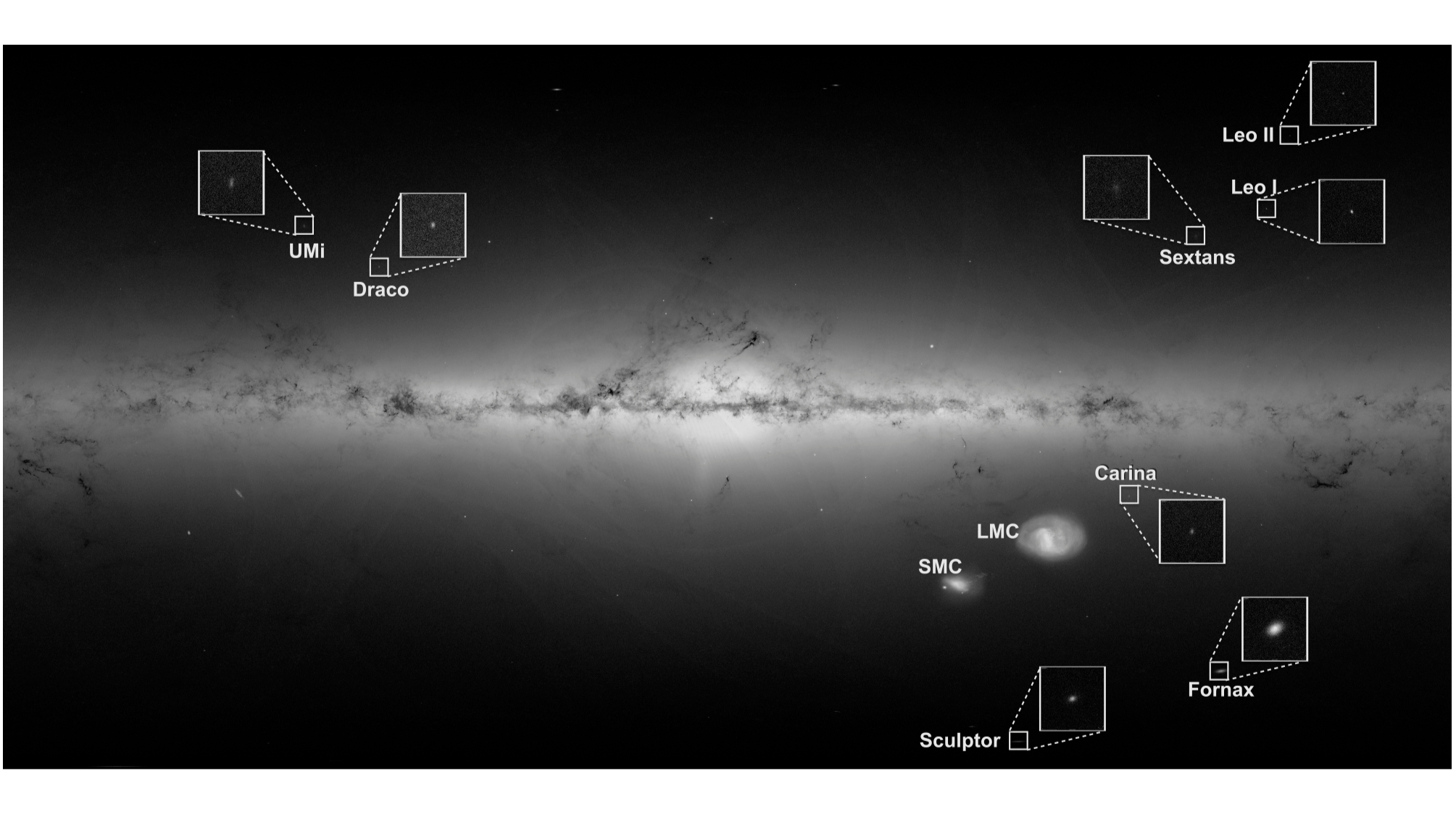About 50 tiny galaxies surround our home galaxy, the Milky Way. New research suggests that one of them, known as Crater II, may consist of dark matter particles that interact with each other.
A galaxy floating alongside our own some 380,000 light-years from Earth could offer fresh clues in the 90-year-long quest to determine the nature of dark matter, the invisible glue that holds galaxies together.
The mysterious substance accounts for over 80% of the universe’s mass but has yet to be directly detected.
Scientists say the satellite galaxy, named Crater II, may consist of self-interacting dark matter (SIDM), which is a hypothetical variety of dark matter whose particles are predicted to interact via a hitherto unknown force beyond gravity. This hypothesis has in recent years gathered attention as an alternative form of conventional “cold” dark matter.
“When we started this project, we roughly knew how SIDM would work, but had no idea how well it would work in explaining the observations of Crater II,” study co-author Hai-Bo Yu, who is a professor of physics and astronomy at the University of California, Riverside, told Space.com.
“Our computer simulations of Crater II analogs show that the agreement between [self-interacting dark matter] predictions and Crater II observations is surprisingly good, and the required strength of the dark matter self-interaction is larger than we initially anticipated.”
Discovered in 2016 in images taken by the Very Large Telescope in Chile, the Crater II galaxy is the fourth largest satellite of the Milky Way — after the large and small magellanic clouds and the Sagittarius galaxy. If it were visible to the naked eye, it would appear twice as large as the full moon, according to New Scientist. Crater II hosts a few billion old stars, which are sprinkled across 6,500 light-years, rendering the “feeble giant” remarkably faint — almost 100,000 times dimmer than the Milky Way.
Despite multiple attempts over the years to simulate Crater II’s properties, how the
